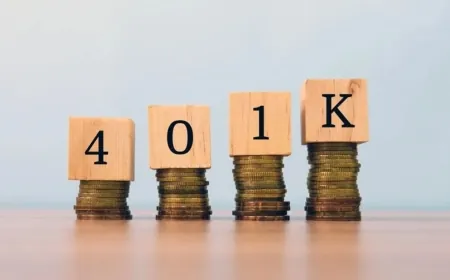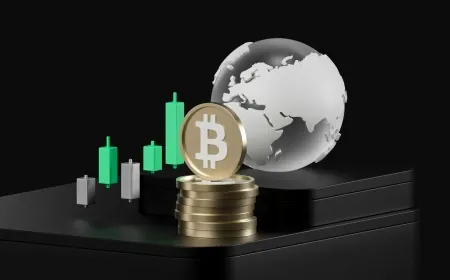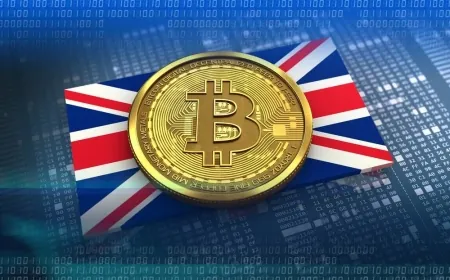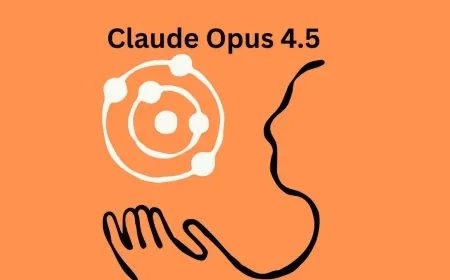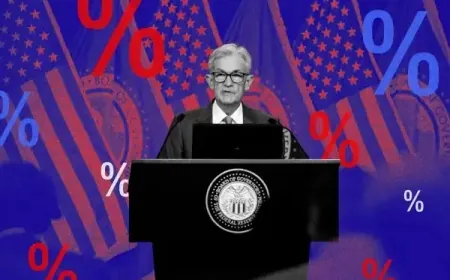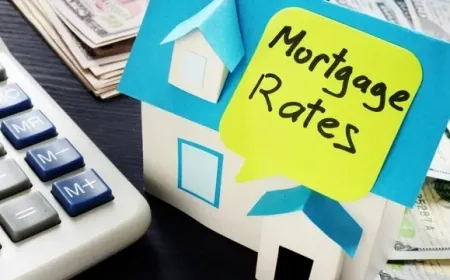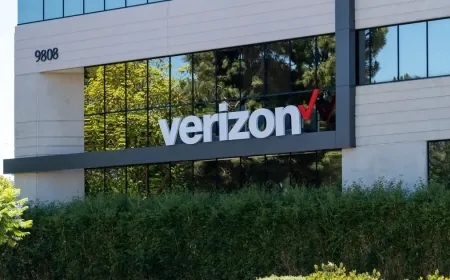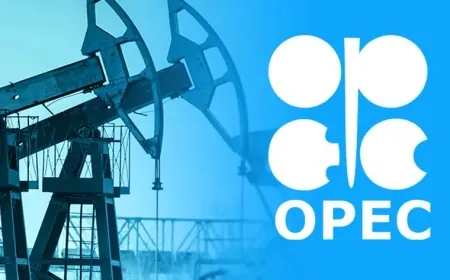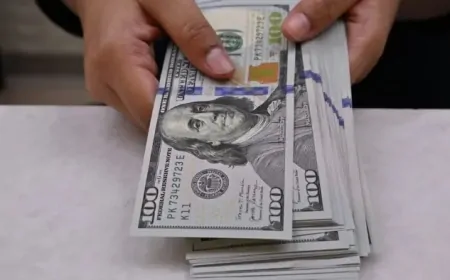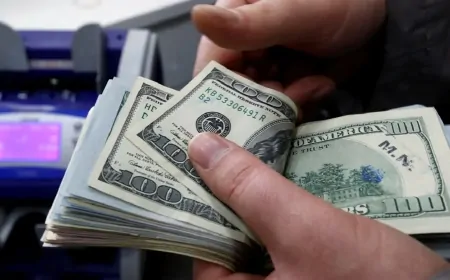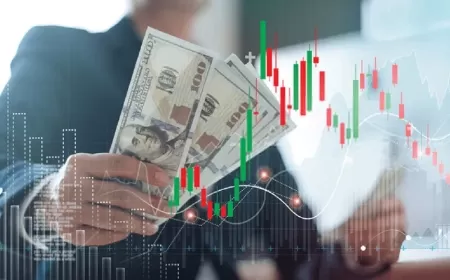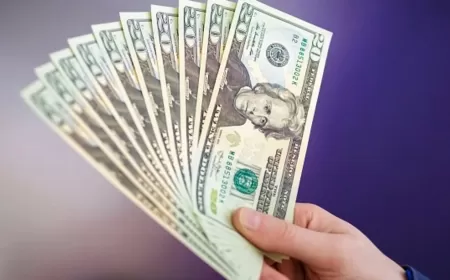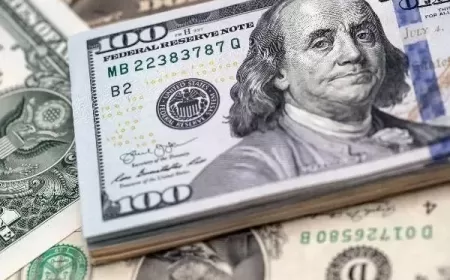NY Fed Warns of Student Loan Credit Issues as Payment Support Ends
Over 9 million student loan borrowers may face credit score drops as federal support programs conclude.
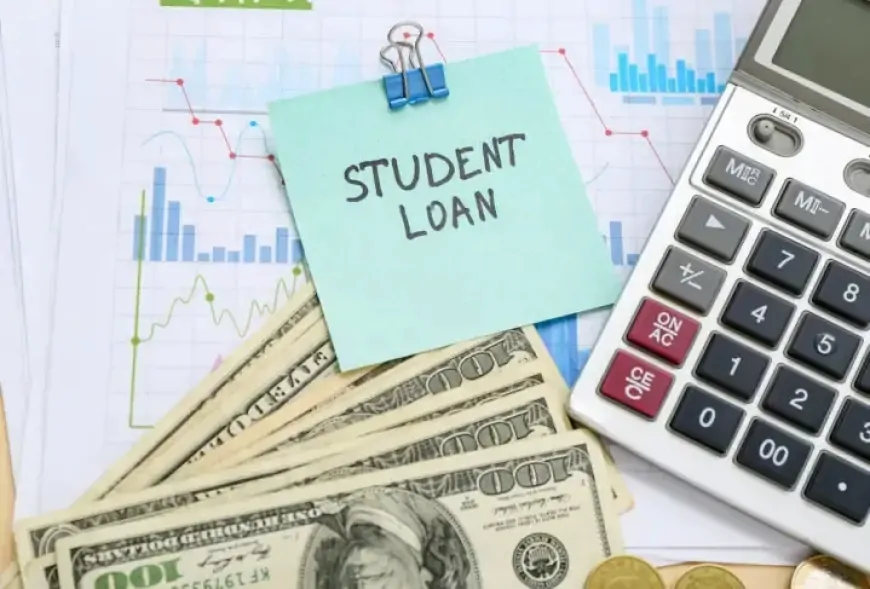
The New York Federal Reserve has issued a warning about an anticipated rise in credit issues for student loan borrowers as pandemic-era support programs come to an end. While the full impact will take time to assess, the early outlook suggests significant financial challenges ahead.
According to a blog post from the regional Fed bank, more than nine million borrowers are expected to see notable drops in their credit standing by the first quarter of 2025. While the extent of the decline remains uncertain, economists note that individuals with higher credit scores are at greater risk of substantial losses.
“If prime and super-prime borrowers fall behind on student loan payments, the overall drop in credit standing could be much more severe,” the report explained. This could lead to lower credit limits, higher interest rates for new loans, and reduced access to credit across the board.
The situation is further complicated by growing uncertainty in the broader economy, partly attributed to recent policy shifts. Government-backed forbearance programs had provided relief to student loan borrowers during the COVID-19 pandemic, preventing delinquencies and stabilizing credit scores. Additionally, the Biden administration made efforts to implement student loan forgiveness programs, though many of these attempts were blocked in court.
Now, with payments resuming, pre-pandemic financial struggles are resurfacing. Before the pandemic, the New York Fed estimated that the effective student loan delinquency rate peaked at 14.8% in the second quarter of 2018, remaining near 14% throughout 2019. After repayment requirements resumed, the Fed’s shadow estimate placed the delinquency rate at 15.6% in the fourth quarter of last year, with 9.7 million borrowers holding a combined $250 billion in troubled debt.
In its February report, the New York Fed highlighted that total student loan debt stood at $1.62 trillion by the end of 2023, compared to $18.04 trillion in total household borrowing.
Financial Strain on Borrowers
With loan repayments resuming, many borrowers may face difficulty managing their monthly budgets. Rising interest rates and inflation have already increased the cost of living, making it harder for households to meet their financial obligations. Missed payments can quickly damage credit scores, limiting access to future loans and pushing borrowers into deeper financial hardship.
Borrowers can mitigate some of these challenges by considering options like income-driven repayment plans, which adjust monthly payments based on income and family size. Federal programs like Public Service Loan Forgiveness (PSLF) may also offer debt relief for eligible borrowers working in public service. Additionally, temporary forbearance or deferment options are available for those experiencing financial distress.
Potential Ripple Effects on the Economy
A surge in student loan delinquencies could have wide-ranging effects on the economy. Reduced consumer spending is a likely consequence, as borrowers prioritize loan payments over discretionary expenses. This could slow growth in sectors like housing, automotive, and retail. Financial institutions may also impose stricter lending standards, reducing access to credit for a broader range of consumers.
Communities with younger populations or significant concentrations of student loan borrowers could face heightened economic instability. Local businesses may suffer from reduced consumer spending, while municipalities may see declines in tax revenues.
What Lawmakers and Regulators Might Do Next
The Federal Reserve and lawmakers are closely monitoring the worsening student loan landscape. Many anticipate stronger demands for policy intervention, especially to support struggling borrowers. Possible actions could include adjustments to repayment plans, expanded forgiveness program eligibility, or direct financial assistance for those most affected.
For borrowers, the current situation calls for proactive measures. Staying informed about available repayment options, monitoring payment deadlines, and seeking financial advice can prevent further credit damage. Federal resources and counseling services are also available for those experiencing financial strain.
Further updates from the Fed and financial institutions are expected to provide greater clarity on the evolving challenges facing student loan borrowers and the broader economic implications.
Also Read: Tax Implications for Borrowers After Federal Student Loan Forgiveness


